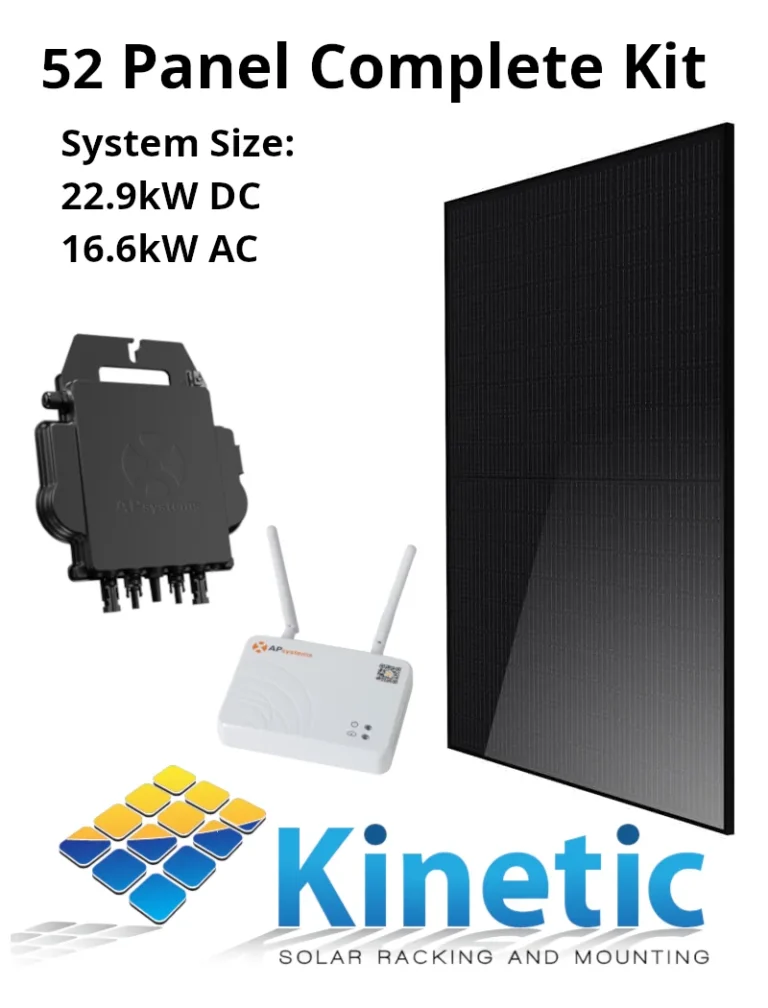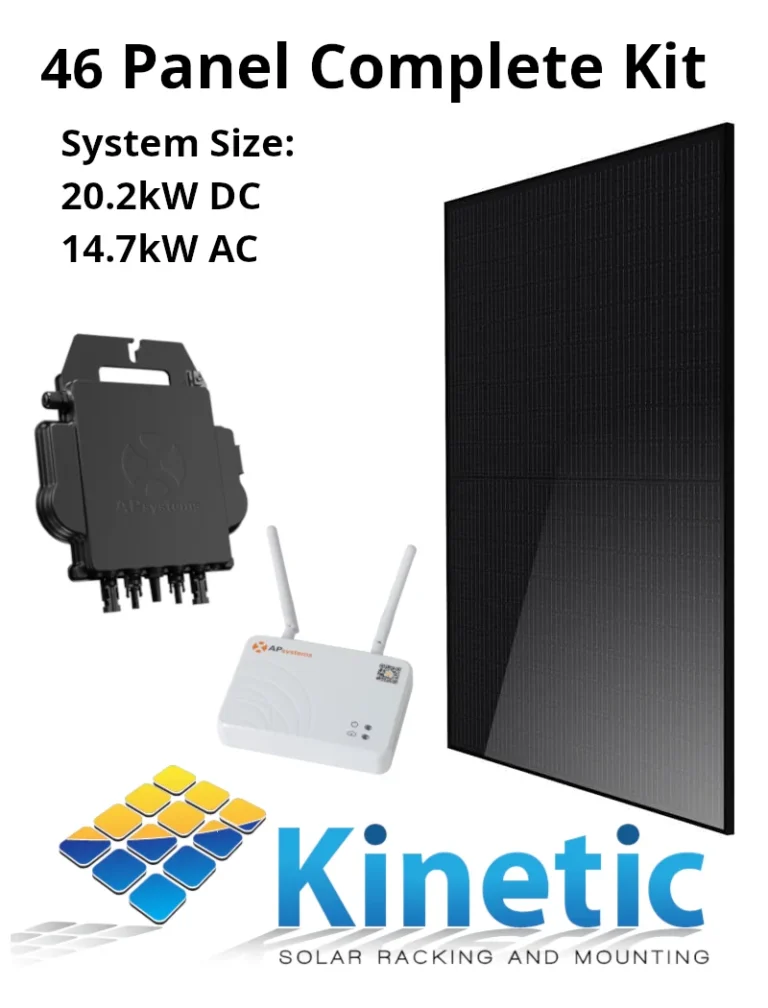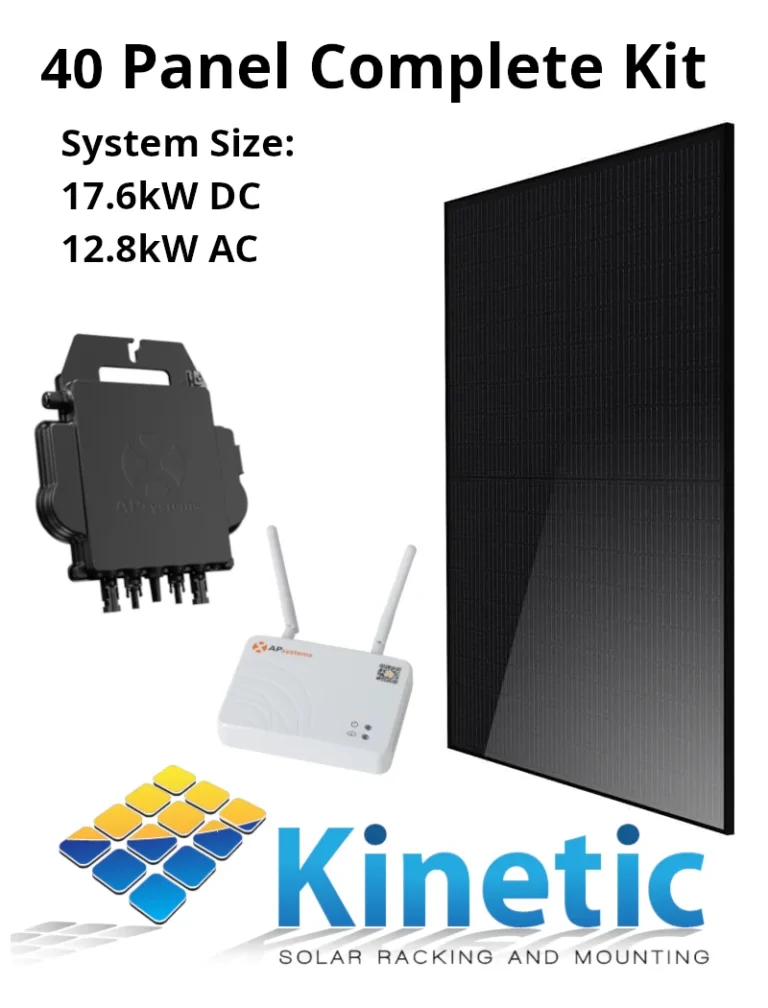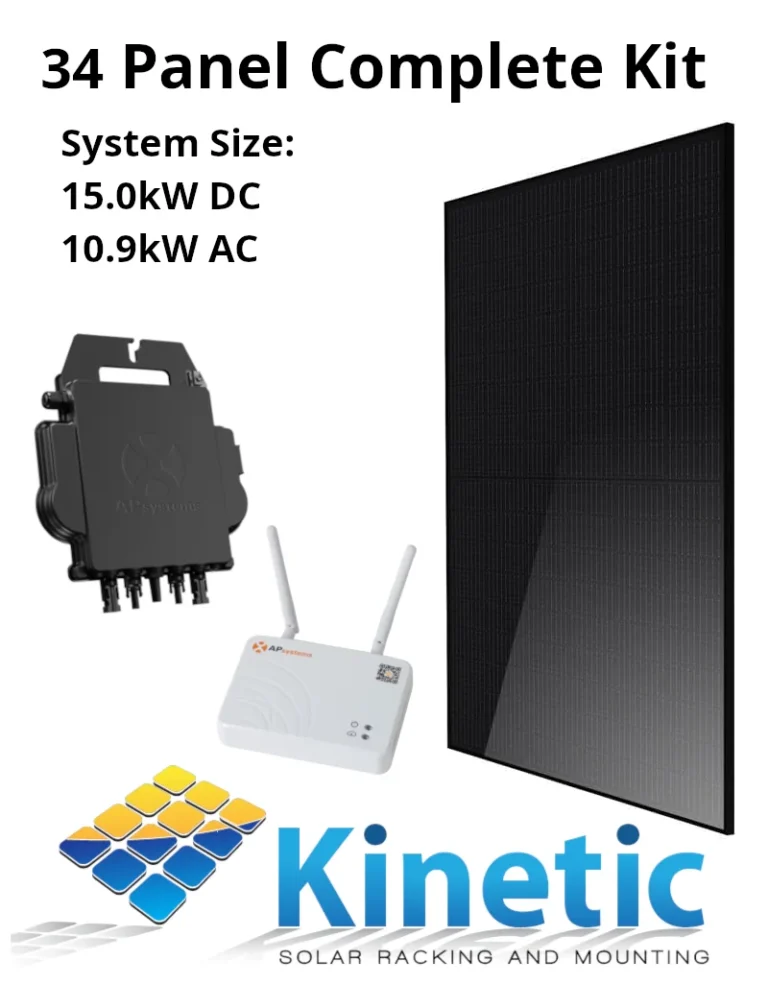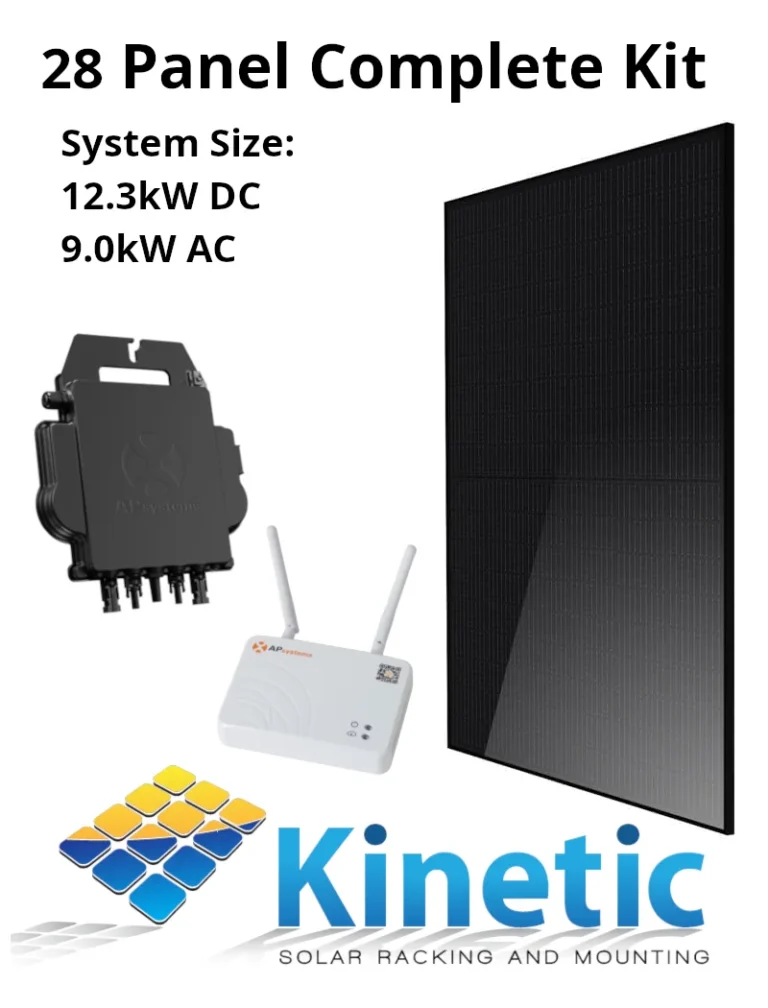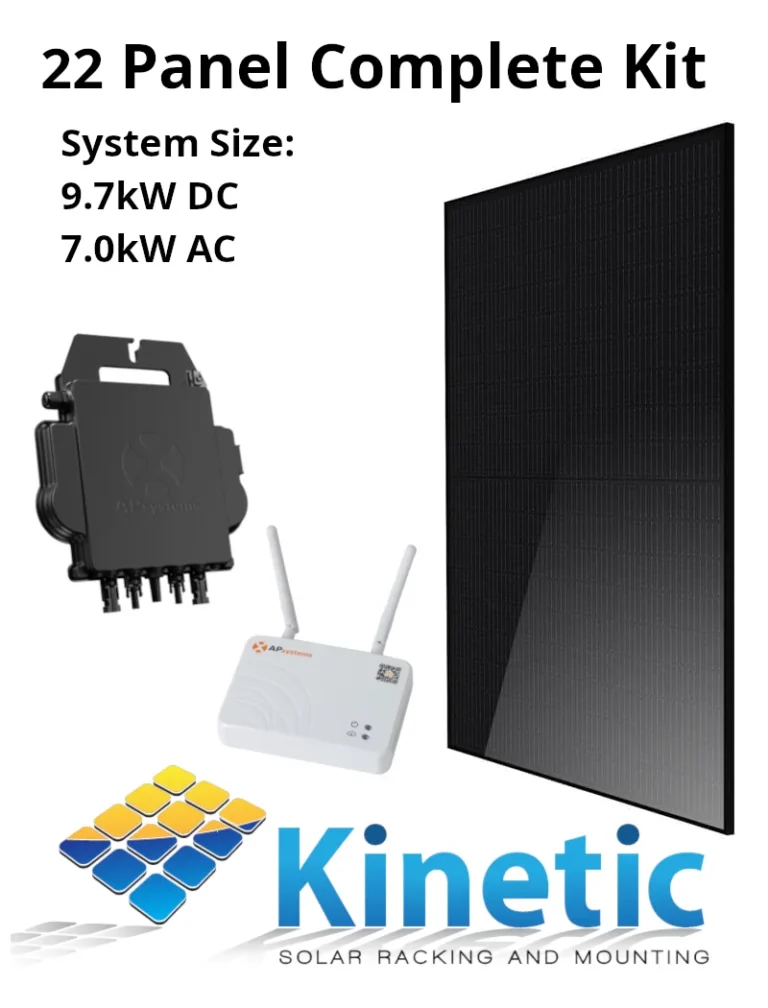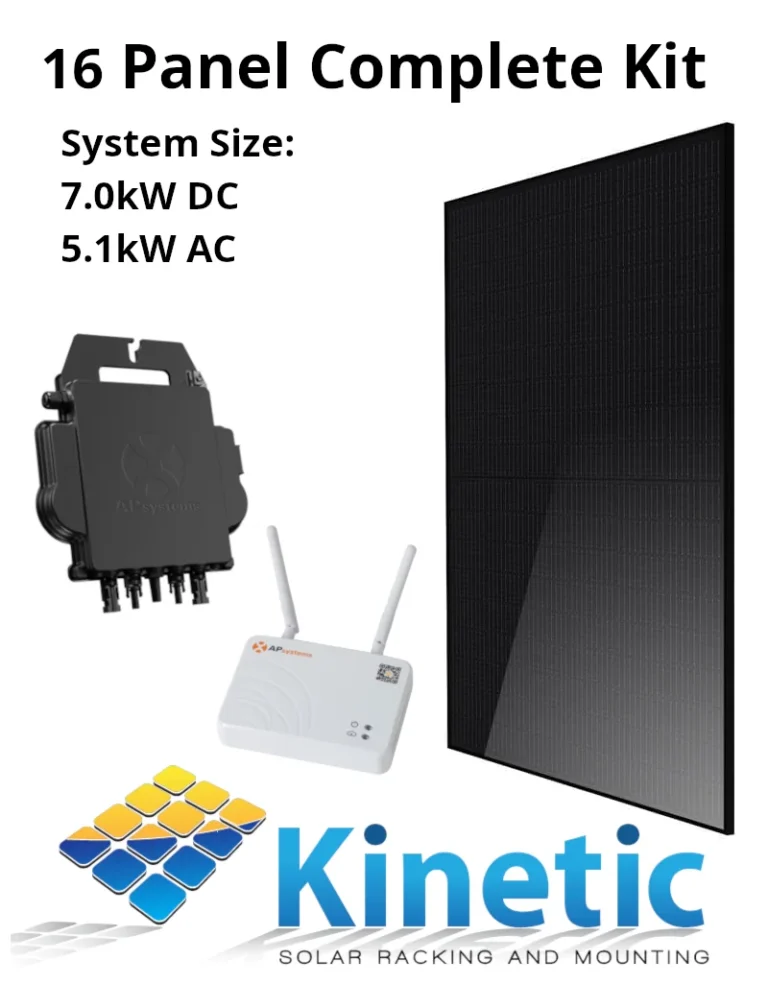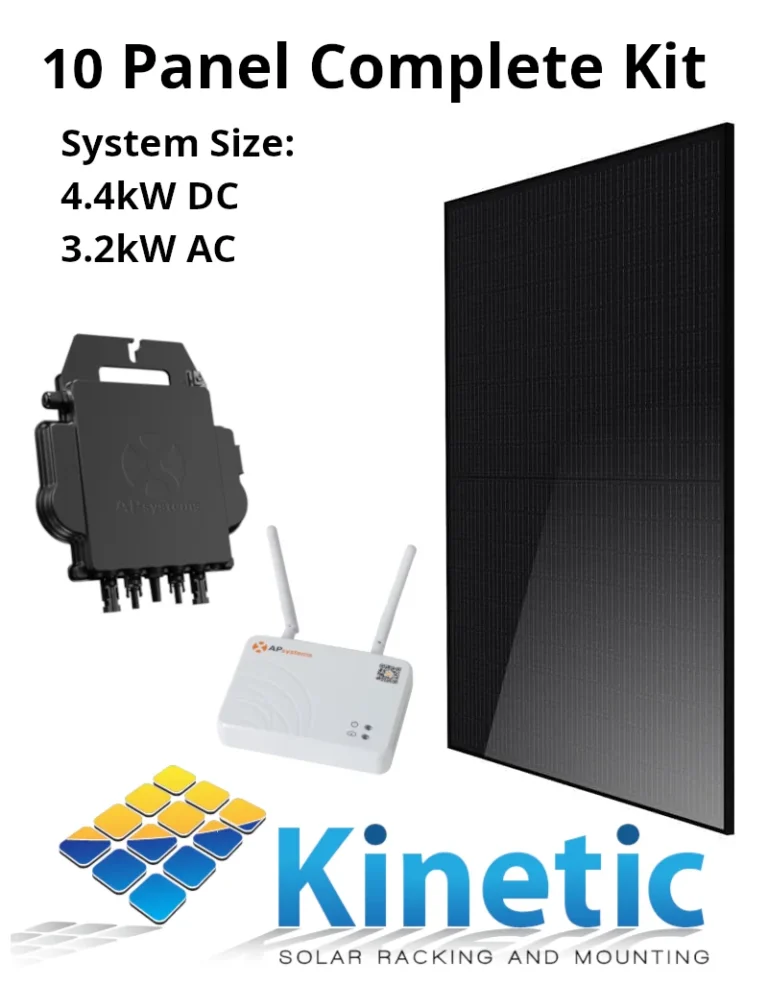DIY Solar
You can install solar on your home, with your own hands, and we can help you. Our non-profit solar kits will save you big money.

We’re a non-profit co-op
Our goal is to promote do-it-yourself solar in Canada. Our non-profit solar kits are available to members at a low cost and can be shipped to your home. Membership is $50.

A cooperative community
Co-op members support and encourage one another. If you have questions about your solar install, ask in the forum and you’ll get help. We want you to succeed!

A DIY Solar Guide to follow
We have a comprehensive DIY Solar Guide for installing grid-tied solar on your home. Our solar kits include single line diagram electrical templates you can use. From A-Z we’ve got you covered.
Solar Kits
The best home project you’ll ever do
It’ll go something like this:
You’ll climb up on your roof wearing fall protection gear (a harness with a rope and anchor). Once you’re up there, you’ll do some measurements, make some chalk marks, then find your first roof truss. You’ll tap your hammer along until you can clearly hear the sound of the truss below you. Bam, found it. You’ll drill a hole into the truss, then screw in an anchor bolt. After that, you’ll apply some roof caulk to a flashing and slide it up under the shingles above your anchor bolt. If you make some mistakes and have to drill multiple holes to correctly find your truss, no worries: the large flashing will fully cover these holes. The rest of the racking goes together like an IKEA build. It’s not too complicated, but yes, you are working up on a roof so being safe is critical.
Next you’ll attach the microinverters to the racking. You’re now almost ready to install the solar panels. First you’ll need a special rooftop junction box installed on the roof which you’ll feed the cable(s) from your microinverters into. In this junction box you’ll connect to an electrical cable which will run down to your main breaker panel area which is likely in your basement. Things get a little more complicated with the electrical stuff at your main breaker panel, but that’s ok – your electrical permit requires you to work with a master electrician to make sure everything is done right. You will use your electrician to verify the design (we provide templates you can start with). And, you can either pay them to do all the electrical work or, if you’re ambitious, you can do most of the work yourself and then have them review it.
Once your electrical is done and approved, you’ll install the solar panels onto the racking and plug the panels into the microinverters. At this point, you’re pretty much done. Once your permit(s) are done and your utility upgrades your meter to be bi-directional, they’ll let you hit the breaker switch to turn on your solar system!
Interested to learn more? Start reading the DIY Solar Guide or check out our Solar Kits.
Frequently Asked Questions
Have a question not listed below? Make a post in the forum and we’ll do our best to answer.
Start Planning Your Solar Install!
Many Canadians have already installed DIY solar on their own homes (check the forum completed-project tag). Your next click begins the journey:


